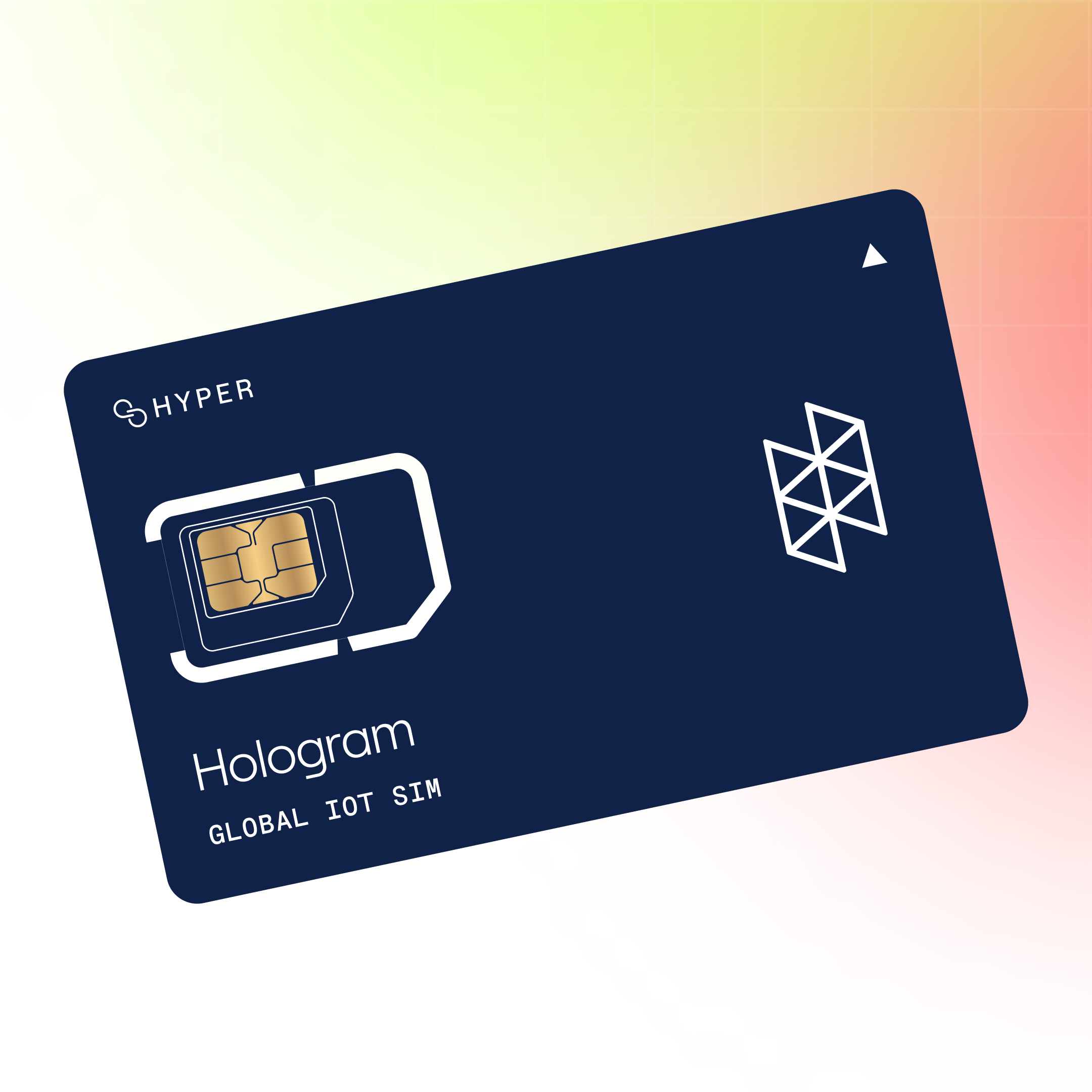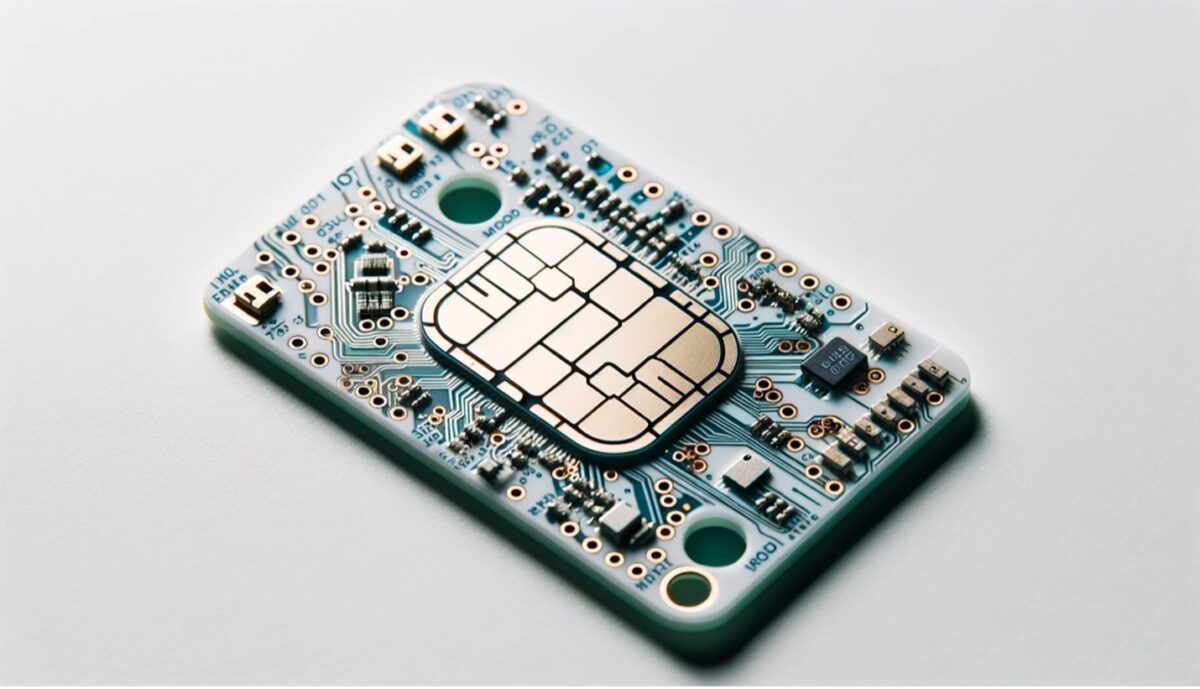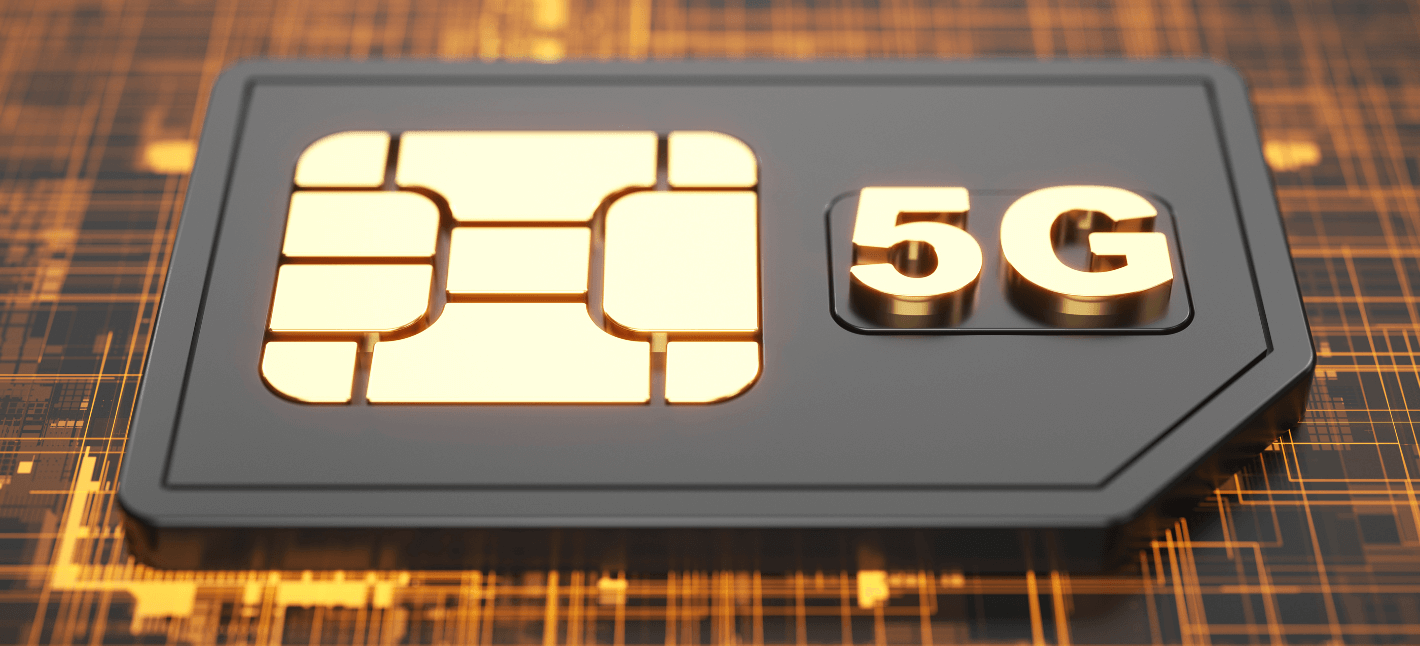Internet Connectivity In IoT Simplifying Global IoT Connectivity with eSIM
The Internet of Things (IoT) represents a transformative shift in how devices interact and talk. Understanding how IoT connectivity works is crucial to grasp the implications and potential of this expertise. IoT refers to a network of interconnected units geared up with sensors, software program, and other technologies that enable them to collect and exchange knowledge over the Internet.
In essence, IoT connectivity facilitates communication between various gadgets and platforms, enabling them to share information seamlessly. This interconnectedness extends beyond easy gadgets to include complicated methods like smart properties, industrial machines, and even whole cities. As such, the infrastructure that helps IoT must handle an enormous quantity of information and connections simultaneously.
For IoT methods to perform successfully, they make the most of varied communication protocols such as Wi-Fi, Bluetooth, Zigbee, and cellular networks. Each of these protocols has strengths and weaknesses tailored to specific use cases (Vodafone Managed IoT Connectivity Platform). Wi-Fi is prevalent in home and workplace settings due to its high data transfer charges, while Bluetooth is extra appropriate for short-range purposes, like wearable units.
Zigbee and LoRaWAN are significant in smart metropolis functions as a end result of their low power necessities and skill to transmit information over long distances. These protocols contribute to the grid of devices that continually relay data to improve functionality and efficiency. For example, smart meters utilize these protocols to ship critical information to utility corporations, aiding in environment friendly energy management.
Connectivity Management Platform IoT Platform for IoT Connectivity Management
The information collected by IoT units often undergoes processing earlier than it may be utilized. Edge computing is a mannequin where knowledge processing happens near the information's source somewhat than a centralized data center. By processing information at the edge, latency is lowered, and bandwidth is saved, as solely essential info is distributed to the cloud. This model proves useful in scenarios requiring real-time analysis, corresponding to autonomous vehicles or smart manufacturing.
Cloud computing enhances IoT connectivity by providing expansive storage capability and analytics capabilities. Once the data has been analyzed, actionable insights could be derived to tell decision-making processes. For instance, in healthcare, related medical units can monitor patients and alert healthcare providers if pressing motion is needed.
Security remains a important concern in IoT connectivity. As devices turn out to be extra interconnected, the potential attack surfaces multiply, making them engaging targets for cybercriminals. Implementing strong safety protocols, corresponding to encryption, two-factor authentication, and regular firmware updates, is crucial to safeguarding sensitive information. The shared vulnerability of connected devices signifies that safety should be thought of at every stage of the IoT improvement and deployment course of.
Interoperability is one other important challenge within the IoT panorama. Various manufacturers and service providers might make the most of completely different protocols and standards, which might hop over to these guys create barriers in seamless communication. Open standards and frameworks are being developed to mitigate these issues, enabling units from totally different producers to work collectively harmoniously. This cooperation can significantly improve consumer expertise and total system effectivity.
IoT Connectivity Provider Best Practices for IoT Network Design

The advantages of IoT connectivity permeate numerous industries, offering opportunities for effectivity and innovation. In agriculture, IoT sensors can monitor soil moisture and weather situations, allowing farmers to optimize irrigation and scale back waste. In manufacturing, real-time monitoring systems can forecast tools failures, serving to to take care of steady production.
Smart cities leverage IoT connectivity to boost urban residing. Traffic management systems can analyze real-time knowledge to optimize site visitors circulate and cut back congestion. Similarly, smart waste management techniques make the most of sensors to monitor waste ranges, guaranteeing timely pickups and useful resource effectivity. These innovations show how IoT connectivity can enhance daily life on a number of ranges.
Managed IoT Connectivity Smart Connectivity for IoT Services
Despite its potential, the IoT panorama remains to be evolving, with ongoing research and development aimed toward understanding and addressing its challenges. As extra gadgets come on-line, the necessity for scalable and sustainable connectivity turns into increasingly important. This interconnected future requires collaboration among technologists, policymakers, and industry leaders to make certain that the advantages of IoT are realized safely and inclusively.
In conclusion, understanding how IoT connectivity works encompasses greater than merely grasping technical details. It consists of recognizing the implications of this interconnected world, the necessity for sturdy security, and the challenges of interoperability. As technology advances, the transformative potential of IoT will continue to redefine industries and reshape daily life, ushering in a new era of connectivity and innovation. The ongoing development of IoT technology suggests that we are only initially of a journey that holds exciting possibilities for the longer term.
- IoT connectivity relies on various communication protocols such as MQTT, CoAP, and HTTP, which facilitate data exchange between devices and servers efficiently.
- Devices outfitted with sensors acquire information and make the most of network connectivity, either through Wi-Fi, cellular, or low-power wide-area networks (LPWAN), to transmit this information.
- Cloud platforms play a critical role in IoT connectivity, allowing for centralized information storage, processing, and management, which can be accessed by authorized users through the web.
- The integration of edge computing enhances IoT performance by processing information nearer to the supply, decreasing latency and bandwidth usage.
- Security measures, including encryption and authentication, are important in IoT connectivity to guard delicate knowledge from unauthorized access and potential cyber threats.
- Interoperability standards enable disparate IoT gadgets from completely different producers to communicate and work collectively seamlessly inside a unified system.
- API (Application Programming Interface) integrations permit IoT devices to work together with third-party functions, enriching general functionality and data analysis capabilities.
- Network topology, which describes the association of related IoT devices, impacts total system efficiency, reliability, and scalability.
- Real-time data analytics is often carried out on information aggregated from related devices, enabling predictive maintenance, smart decision-making, and improved operational effectivity.
- Various IoT platforms, similar to AWS IoT and Google Cloud IoT, provide tools and companies that simplify the deployment and management of IoT connections and devices.undefinedHow does IoT connectivity work?
What is IoT connectivity?
IoT Connectivity Managementplatform Pros and Cons of Top IoT Connectivity Technologies
IoT connectivity refers back to the means by which devices talk and share knowledge over the Internet. It entails numerous networking technologies, together with Wi-Fi, cellular networks, and low-power wide-area networks (LPWAN), enabling devices to change info seamlessly.
What gadgets can connect to IoT networks?
Internet Connectivity In IoT Future of IoT Technology Connectivity
Almost any gadget can connect to IoT networks as lengthy as it has sensors and web connectivity. Common examples embody smart appliances, wearables, industrial machines, and automobiles, all designed to gather and transmit information - IoT Connectivity Technologies.

How does information travel in IoT networks?
Data in IoT networks travels by way of multiple layers of expertise, starting from the device’s sensors, transferring via gateways or hubs, and at last reaching cloud servers where it can be processed more and analyzed, facilitating real-time decision-making.
Web Connectivity In IoT Global Managed IoT Connectivity Services
What are the safety measures in IoT connectivity?
Security measures in IoT connectivity sometimes embody encryption, device authentication, secure boot processes, and common software program updates. These protocols are essential to protect devices from unauthorized entry and guarantee knowledge integrity.
Can IoT units operate with out internet?
While many IoT gadgets rely on internet connectivity for real-time data trade, some can function on native networks or within local processing methods. However, they may have limited performance and interoperability without internet entry.
Connectivity Of IoT Subscriptions for IoT Connectivity SoC

What position does cloud computing play in IoT connectivity?
Cloud computing plays an important role in IoT by offering storage, processing power, and analytical instruments that permit massive quantities of knowledge collected from gadgets to be processed and utilized effectively, enabling insights and automation.
Are there standards for IoT connectivity?
Yes, various standards and protocols exist for IoT connectivity, together with MQTT, CoAP, and Zigbee. These ensure interoperability between gadgets and networks, promoting seamless integration and communication among totally different IoT systems.
IoT Satellite Connectivity Enterprise Managed IoT Connectivity Services
How can I ensure my IoT system is compatible with my network?
To ensure compatibility, verify the device specifications for supported connectivity options like Wi-Fi frequencies, Bluetooth variations, or cellular standards. Additionally, consult your community provider relating to compatibility with completely different IoT technologies.

What are the challenges in IoT connectivity?
Challenges in IoT connectivity include issues related to security, scalability, interoperability, and data management. Addressing these challenges is essential for the profitable deployment and operation of IoT methods across numerous industries.